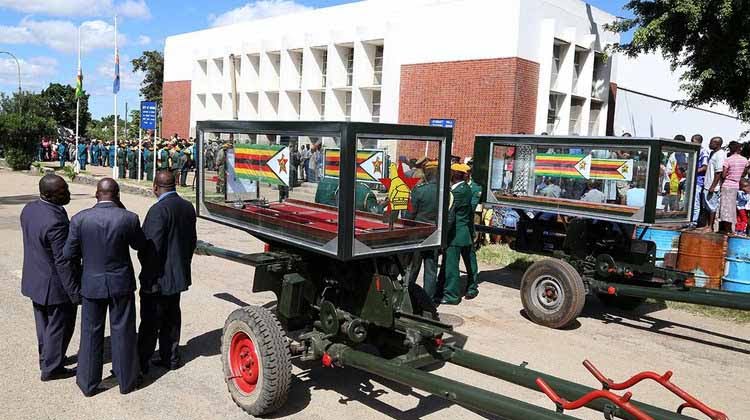By Correspondent
According to the book ‘Historic Buildings of Harare (1890-1940)’, the history of Mbare dates back to 1907.
That is when the colonial government — as a way to segregate whites from blacks — established a “native location” about four kilometres from the town centre, on the banks of Mukuvisi River.
Mbare was originally called Harare, a bastardization of the Shona word Havarari (they never sleep).
Historians say the name was given to a chief who resided near the Kopje area.
Stodart Hall
It is in this suburb that Stodart Hall is located.
Stodart Hall is Mbare’s biggest community centre and claims a high but uncelebrated place in the corridors of history.
It was in this emblematic building, at the outset of the Second Chimurenga, that nationalists met and plotted confrontation of the colonial Government.
On July 20 1960, youths are said to have bravely fought back a cordon of Rhodesian police.
This set off a new phase of resistance against racist white rule.
Then young and brash, former President Robert Mugabe launched his political career with a stirring speech.
In the aftermath youths bravely fought back a cordon of Rhodesian police.
It was the igniting of a new phase of resistance against racist white rule.
The revolution, which had been waning, was ignited back to life.
In the aftermath of Mugabe’s first speech, riots raged for days.
To contain the riots, Edgar Whitehead’s administration enacted the Law and Order Maintenance Act, giving police impunity in crushing the protests.
Mugabe and many other nationalists were subsequently arrested.
Ironically, decades later it was under the same law, and its successor laws, that Mugabe was to arrest his own opponents.
Last Place for Heroes
Today whenever ZANU PF accords a person a national hero status, his or her body is taken to the hall en route to the National Heroes Acre.
The hall is now also used for social events such as gigs and several other competitions.
In 1995 Stodart Netball Complex, situated opposite the complex, was commissioned.
That year, the complex hosted the African Games (formerly All-Africa Games).
Since then, it has become a site of emotional attachment and a campsite for Zimbabwe national netball teams.
Despite its modest appearance, Stodart has since the colonial era attracted international artistes.
It has hosted Sir Cliff Richard, a British pop singer and actor, during his tour in the 1960s.
Famed Jamaican artistes like Capleton, Turbulance and Luciano whose music identifies with daily struggles in townships have also graced the hall in their respective tours.
While many community halls have become dilapidated in recent years Stodart Hall has benefited from its use for State funerals.



